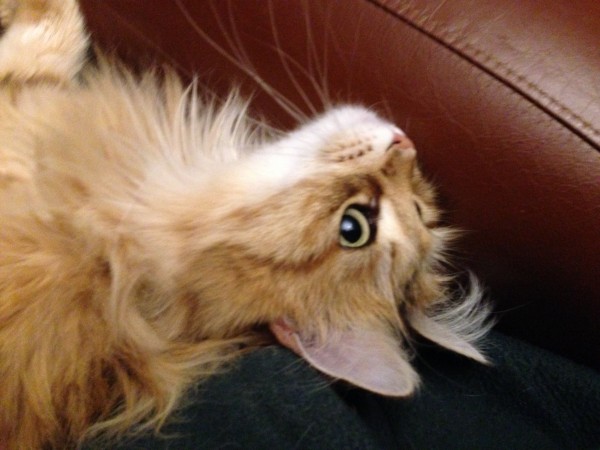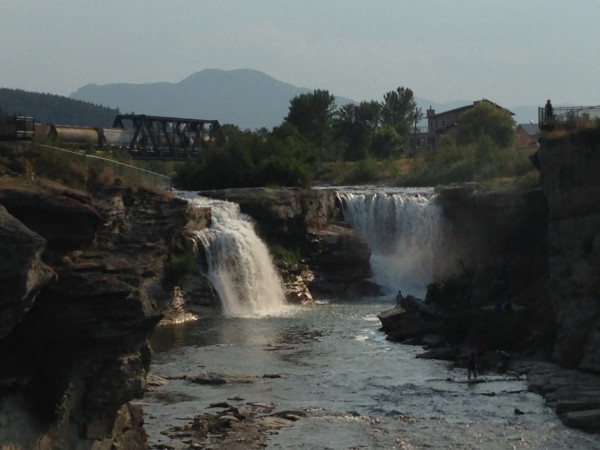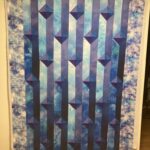October is not my favorite month. In Alberta, the weather is cooling, the trees have lost most of their leaves, and things start to feel drab and colorless. And I lose my inspiration. Normally I am an optimistic person. I look for the positive in any situation. I try to see the humour in any situation.
The fall and winter months are always a challenge. Staying optimistic is hard enough at the best of times, and when my surroundings don’t inspire me, I start looking for other ways to be optimistic. Usually inspiration follows close behind.
Gratitude
If you’ve never experienced a gratitude practice, now is a great time to start. Each day think of three things that you are grateful for. You can write them down or make a game with someone else. Try to come up with something different each day. You may be grateful for something specific every day, but the point is to come up with a lot of things to be grateful for.
If you are able to capture your gratitude in a journal, on post it notes that you stick on a window, in a Day Book, or in some other way, you can go back for inspiration when you’re having a particularly uninspired day.
Bonus: A regular gratitude practice will increase your overall life satisfaction. Google “proof that gratitude works” for the science behind it.
Hobbies
What is a hobby? One definition is “an activity done regularly in one’s leisure time for pleasure”. I think people get caught up in the idea that hobbies are crafty things that you do with your kids or grandkids. Visions of macaroni glued to a paper plate, anyone? Not so. It can be ANY activity.
Many hobbies are creative, like quilting, needlework, woodworking, welding, painting, drawing, model building, and pottery. But it doesn’t have to produce anything, other than pleasure!
Watching movies might be your thing. Bird watching can include a love of cataloging and documenting local birds, or researching and planning a vacation to see birds that aren’t native to the area. Foodies are always on the hunt for a great new recipe or restaurant.
Sports are a double bonus – exercise brings both emotional and physical aspects of health into play. Pun intended!
A hobby should inspire you, make you feel good, and even relax you. Want proof? Google “proof that hobbies are good for you” for the science behind it.
One more reason to develop hobbies while you are young – it has been shown that people who retire with hobbies to look forward to may have a happier (and sometimes longer) retirement.
If you don’t have a hobby, I highly recommend you get one – or a dozen. If you try a hobby and hate it, try a different one until you find something you enjoy.
Help Someone Else
Volunteering is proven to provide many benefits for the volunteer. By helping someone else, you help yourself to be more self confident and happier.
Don’t know where or what to volunteer? Think about the things you enjoy doing. If you love dogs, volunteer to walk a senior’s dog a few times a week, or when they are not feeling up to a walk. Or volunteer at a local shelter or vet clinic. If you enjoy driving, volunteer to drive someone who doesn’t have a vehicle. Start a carpool with your coworkers.
Can’t afford to volunteer? Look into paid options. Being paid for helping someone doesn’t cancel out the benefit!
Teaching or coaching is a great way to help people. The technology is available easily now to create and offer training courses online. This is a great option if you have a knack for explaining how to do something, and you are patient as people are learning. Coaches are found in all areas now, not just sports. There are garden coaches, life coaches, art coaches, and more.
Word of warning: Don’t over-commit yourself. That is a sure path to burnout.
Try Something New
If you have slipped into a funk, learn something new. It will boost you out of a rut, get the wheels turning in your mind, and you may even discover a new hobby or career.
It’s easy for our brains to settle into a rut, it’s the safe path and our brains like to keep us safe. But we all know that “safe” can also be “boring”. Add a little adventure to your life to shake up your brain a bit and let me know in the comments how it goes!
Now I’m Inspired!
I have inspired myself to get moving and create something. Today I think I will tackle that sweater I began sewing a few weeks ago and stopped when I ran into a difficult decision. I’m ready to take it on now!
Or maybe I will use the image from this post to make a landscape art quilt. The possibilities are endless!
Are you inspired? Share in the comments what you do to get re-inspired.









